Explore by Theme: Schools, Higher Eds and Meds
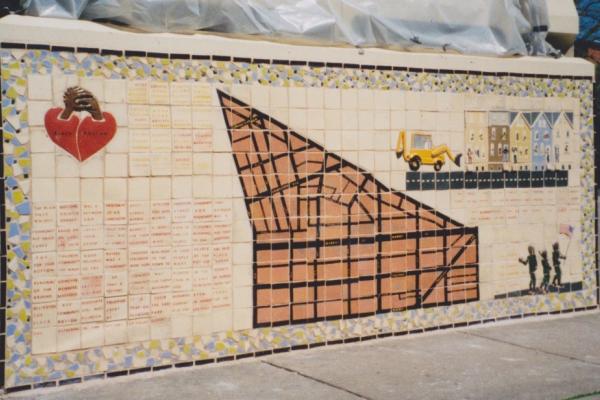
This story collection traces a sixty-year process of urban renewal on the site that once was the heart of West Philadelphia’s Black Bottom. Over this span of time, urban renewal on this site has been cyclic and replete with irony.
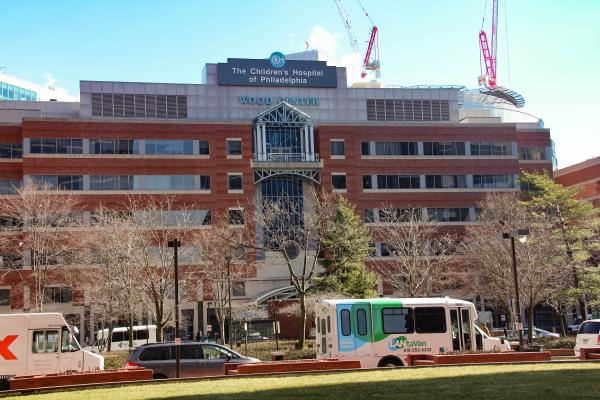
PGH’s closing in 1977 unleashed a bidding war for the leveled site that was eventually won by a consortium that included Penn, Children’s Hospital of Philadelphia (CHOP), Children’s Seashore House, and the Veteran’s Administration. The consortium, called the PGH Development Corporation, built the Philadelphia Center for Healthcare Sciences, a complex of seven new buildings on the former PGH property.

In the first half of the twentieth century, the Blockley Almshouse farmed out its almshouse services and its “lunatic asylum” and recast itself as the Philadelphia General Hospital, whose clinical services significantly improve after the Second World War.
In 1872, the University of Pennsylvania relocated its small campus from the central City to Blockley Almshouse property that the City deeded to the University.

In 1834, Philadelphia relocated its almshouse (poorhouse) to Blockley Township in West Philadelphia, to a hilltop environ above the Schuylkill River; by 1854 the site included a swath of new buildings for indigent housing, workshops, and hospital facilities, including an insane asylum.
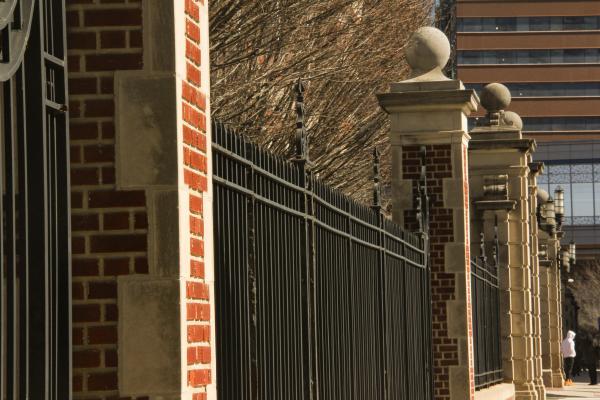
From 1834 to 1977, Philadelphia maintained its public hospital on the west bank of the Schuylkill River. The facility evolved from being a multipurpose almshouse to its single role as a full-service hospital.
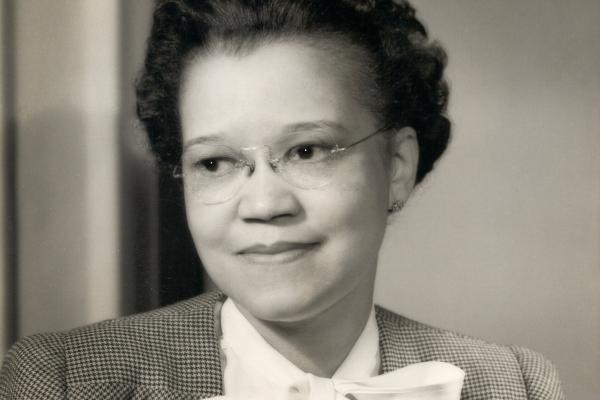
Sadie Tanner Mossell Alexander was a distinguished Philadelphian and Penn alumna who was the first African American woman in the United States to receive a Ph.D. degree in economics. West Philadelphia’s splendid Penn Alexander Partnership School is named in her honor.

University Redevelopment Area Unit 3 came to represent the divide between university and community after residents were displaced as part of the creation of the University City Science Center.

The Netter Center for Community Partnerships is the centerpiece of Penn’s quarter-century effort to establish mutually beneficial university–community–public school partnerships in West Philadelphia.
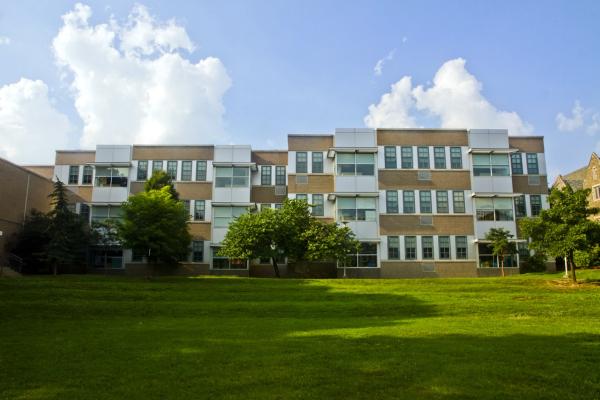
At the turn of the Millennium, the University of Pennsylvania, under President Judith Rodin, orchestrated the West Philadelphia Initiatives, a proactive, multipronged strategy to improve social and economic conditions in Penn’s neighborhood of University City.